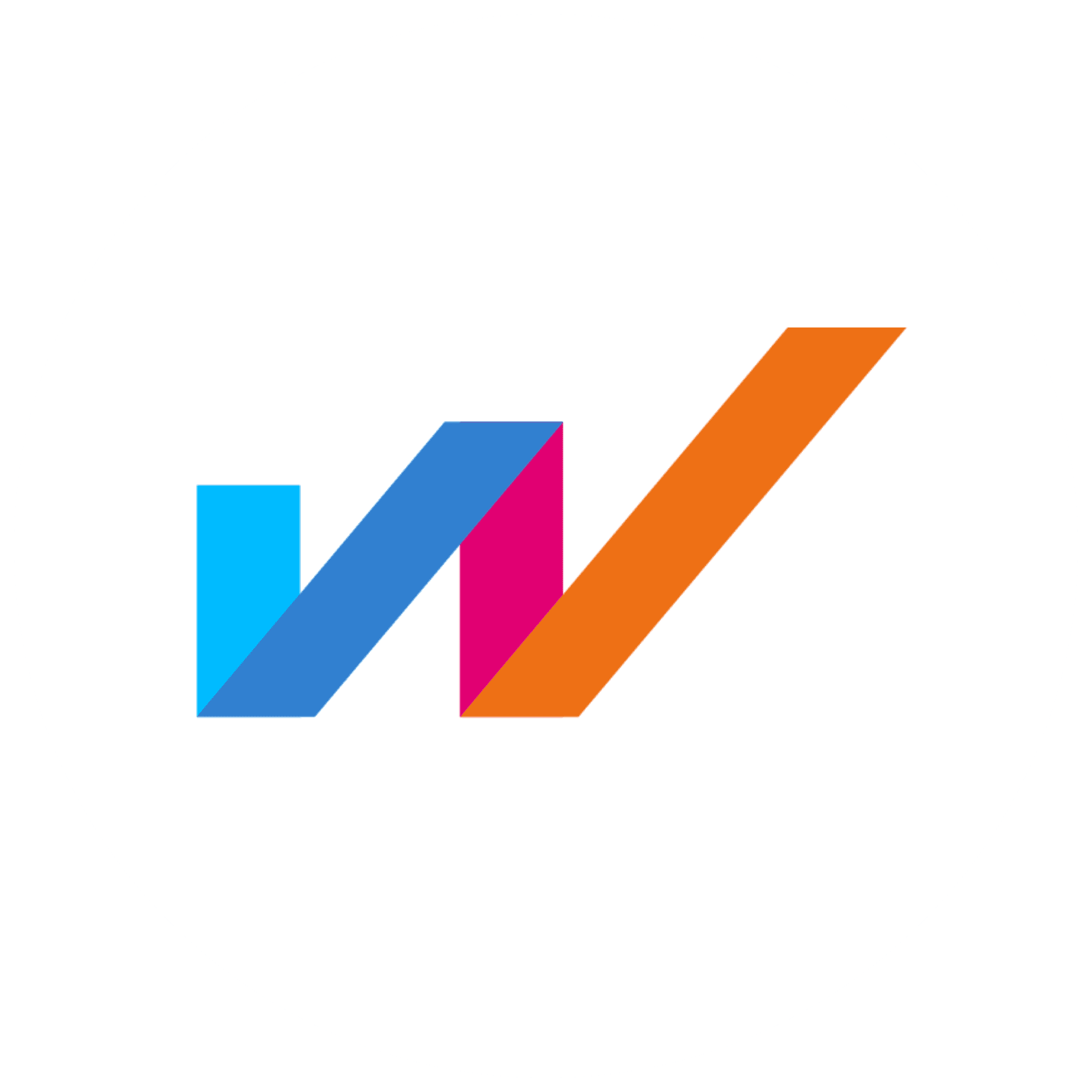The advantages of going paperless
At WorkBright, we are all about serving our amazing clients and customers. Our software helps businesses with massive onboarding needs get paperwork submitted without the hassle of traditional paper documents. While our customers reap the benefits of digital files, we often get questions about printing our digital files once they are completed online. We understand that many businesses are used to this practice, but we wanted to share a few reasons why you should avoid printing your HR files.
When you stop printing HR files you'll:
1. Fosters a more eco-friendly and clutter-free environment.
Many of our customers onboard 50+ employees every year. Onboarding packets can be bulky. To onboard an employee correctly, you have them fill out packets with a ton of forms, and those forms add up. After a while, you will begin to see your HR paperwork take up more space, while having the paperwork may not be necessary in the long run.
Instead of creating an office that overflows with HR paperwork, use that free space for something that brings the office together. Bring back the office water cooler or a spacious seating area with all the room you will save thanks to digital HR files.
2. Ensure the security of your files
When you utilize software to create digital HR files, you take HR security to the next level. We take your security very seriously at WorkBright, we understand the sensitivity of HR documents, and we want to make sure that your information is safe.
Printed HR files are a hassle to keep secure because they are often only protected by the key to your office filing cabinet. When someone wants to access your HR files in a filing cabinet, there isn’t much to stop someone who is determined.
3. Be fully compliant
Many companies go paperless every year for a variety of reasons. It’s entirely possible to have a completely electronic process when it comes to HR files. Everything from I-9 to employee benefits forms can be completed electronically.
Each form may have slightly different requirements for your HR software, but WorkBright meets and exceeds these expectations when it comes to storing and saving your human resources documents.
For more information on going paperless, check out this resource from the SHRM.
4. Ensure files are always easily accessible
Lastly, you should stop printing HR files because paper HR documents aren’t always accessible to the people who need them most.
Imagine the following scenario: You are hiring a new employee, and you need a copy of their identification for I-9 compliance. They bring you a copy of their documents, but no one is around to check the validity of their HR file. It turns out that their identification is expired, and you will need a new copy with an updated license.
Instead of being able to send over a digital copy of their updated license quickly, your new employee may have to send a fax or come back to the office to drop off one document.
As an employer, we have to make the hiring process as simple as possible. Our employees should be able to quickly access their HR paperwork at various points throughout their career. We should be able to promptly recall and access relevant paperwork as necessary instead of shuffling through files.
You never know when you may need a copy of someone’s human resources files, so keeping everything digitally helps everyone.
Digital vs. physical: enhancing your HR process with technology
Creating physical copies of your HR files is something we are all used to, but digital technology is fantastic, and it does what paper files cannot do. Creating an all-digital onboarding process will help you create a smooth HR process that is safe, compliant, and available when you (or your employees) need it.

HR compliance is complex—but it doesn’t have to be. WorkBright’s modern software and services streamline I-9s, E-Verify, and form management, while keeping your team audit-ready and aligned with ever-changing regulations. Take the guesswork out of compliance so you can focus on what matters most—your people.
Looking for a trusted compliance partner?
Book a 1:1 call with our team. We'll walk you through our compliance-first solutions and services.
